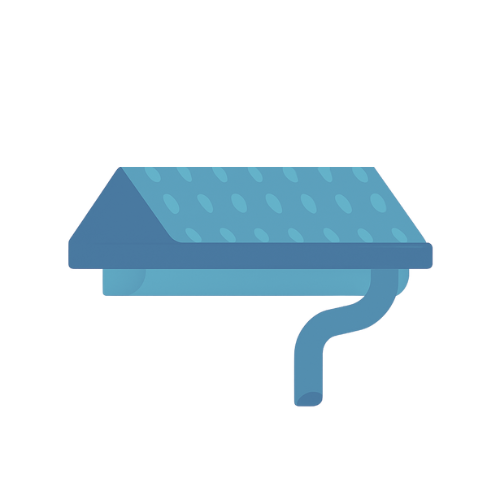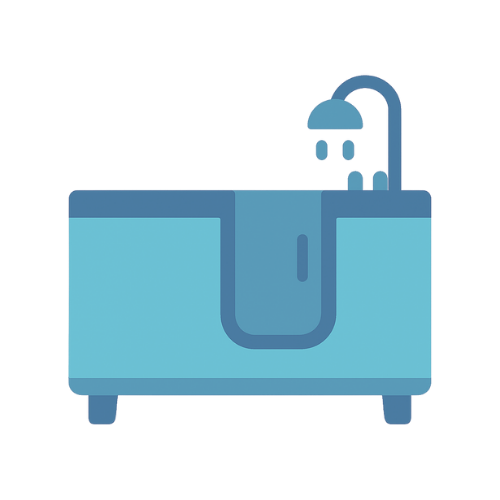Essential Monarch butterfly Information

Types of Monarch butterflies
While Monarch butterflies (Danaus plexippus) are most commonly recognized by their iconic orange, black, and white wings, there are actually a few distinct populations or types based on geography and migratory behavior:
-
Eastern Monarchs
Found primarily east of the Rocky Mountains, these Monarchs migrate thousands of miles from the U.S. and Canada to the oyamel fir forests of central Mexico each fall. This group represents the largest migratory population. -
Western Monarchs
These Monarchs inhabit areas west of the Rocky Mountains and migrate to the California coast for winter. Their population is significantly smaller and has declined dramatically in recent years due to habitat loss and climate change. -
Non-Migratory Monarchs
Found in regions like Florida, Hawaii, the Caribbean, and Central/South America, these Monarchs live in warm climates year-round and do not migrate. They may breed continuously where milkweed is available. -
International Populations
Monarchs have also established populations in Australia, New Zealand, Portugal, and parts of Southeast Asia. While similar in appearance, these butterflies have adapted to local environments and do not engage in long-distance migrations.
Although not different species, these regional and behavioral variations make Monarchs a fascinating example of adaptability and survival. If you're managing outdoor environments or planting butterfly gardens, understanding local Monarch types helps support their conservation effectively.
Call Us : +1-833-467-2554
Monarch butterflies are not pests—they're vital pollinators and a protected species in many areas. At USA Home Adviser, we do not provide pest control services for Monarch butterflies and actively support their conservation.
How USA Home Adviser Supports Monarch Butterfly Conservation
Pollinator-Friendly Pest Control
Our technicians are trained to use targeted, eco-conscious treatments that minimize harm to beneficial insects like Monarchs, bees, and ladybugs.
Homeowner Education
We help property owners identify Monarch butterflies and their host plant, milkweed, so they can make informed landscaping and pest control decisions that protect pollinator habitats.
Eco-Conscious Solutions
When treating actual pests, USA Home Adviser prioritizes environmentally responsible methods that reduce impact on Monarchs and the ecosystems they support.
If you’ve mistaken Monarch caterpillars or butterflies for pests, we’re happy to assist with proper identification and offer safe guidance on supporting their life cycle.
Monarchs matter—let’s protect them together.
Choose USA Home Adviser for responsible, nature-friendly pest solutions that help your home and the environment thrive.




























